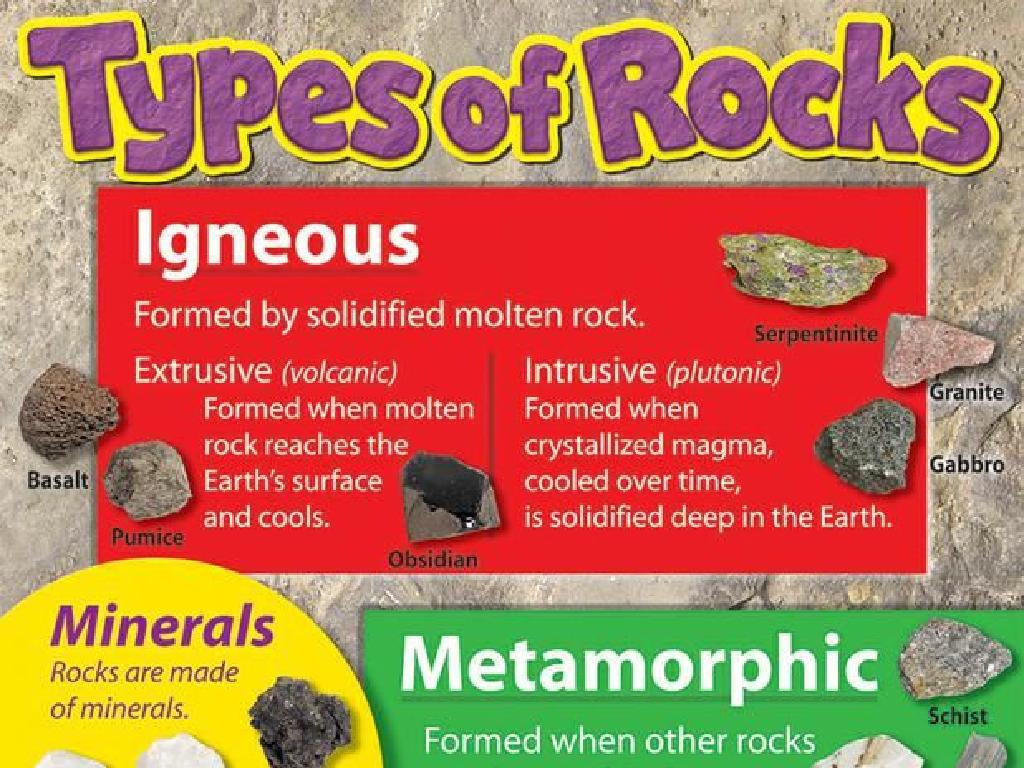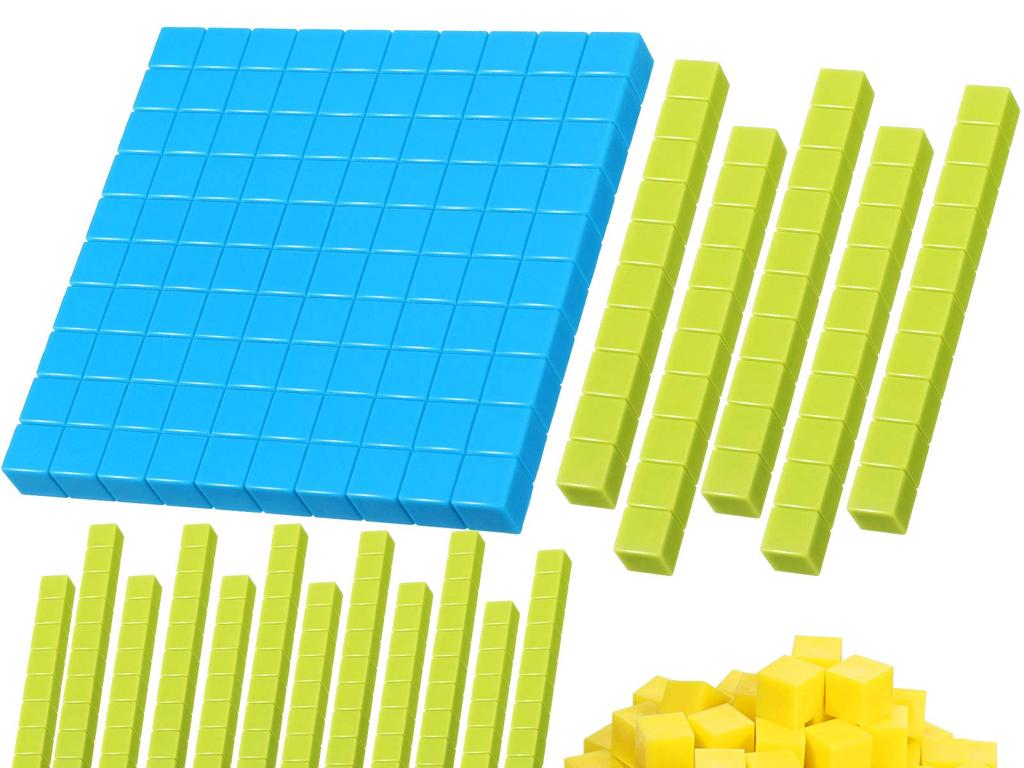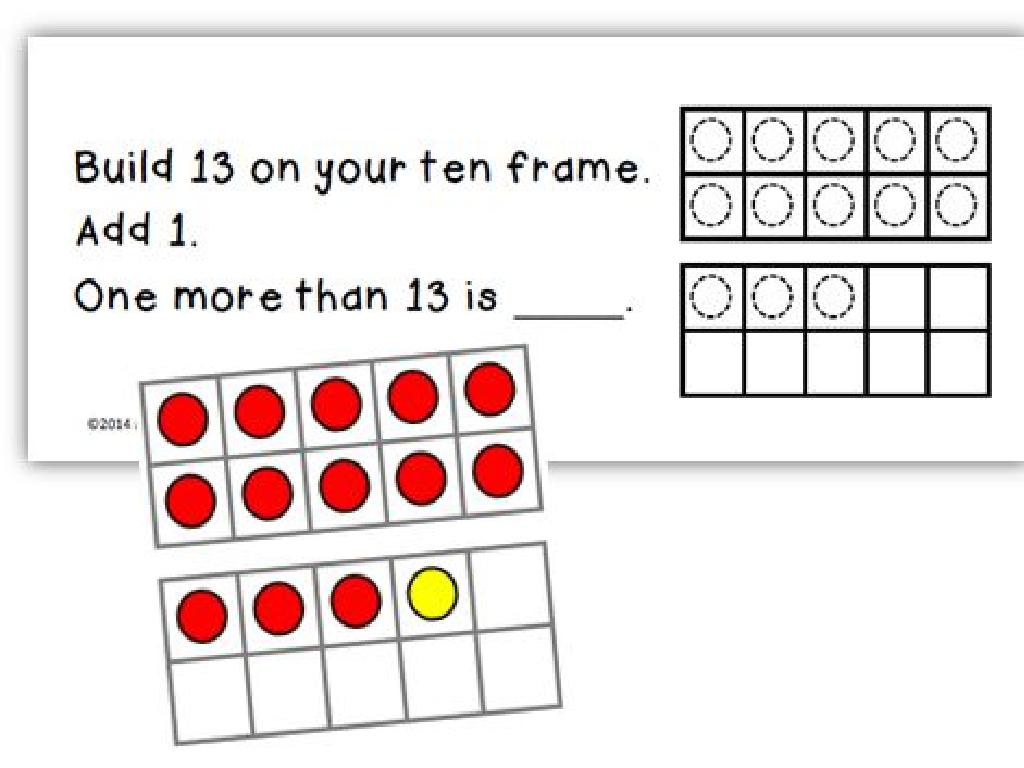Which Letter Does The Word Start With?
Subject: Language arts
Grade: First grade
Topic: Letter-Sound Associations
Please LOG IN to download the presentation. Access is available to registered users only.
View More Content
Welcome to Letter Sounds!
– Today’s fun: letters and sounds!
– Learn to hear the first sound
– Listen carefully: What sound starts ‘cat’, ‘dog’, ‘ball’?
– Become a letter sound detective
– Use your ‘detective ears’ to find the first sound
– Practice with playful activities
– We’ll play games to match sounds to letters
|
This slide introduces the concept of identifying the initial sounds of words, an essential skill in learning to read. Engage the students by explaining that they will be like detectives, using their ears to discover the first sounds they hear in words. Provide examples and emphasize the importance of listening carefully. Activities can include ‘I Spy’ with sounds, matching games, and letter sound charades. Encourage participation and make sure to celebrate correct answers to build confidence. Tailor the activities to the students’ learning levels and ensure everyone has a chance to practice.
Exploring Letter Sounds
– Every letter has a unique sound
– Like ‘A’ sounds as in apple
– Sounds are clues to word beginnings
– ‘B’ for ball, ‘C’ for cat
– Recognizing sounds aids reading
– Match sounds to pictures of objects
– Practice helps us write correctly
|
This slide introduces the concept of letter sounds to first graders, emphasizing the importance of understanding that each letter of the alphabet has a distinct sound. Highlight how recognizing these sounds at the beginning of words is crucial for developing reading and writing skills. Engage the students with examples and encourage them to practice by associating letters with familiar objects or images. For instance, associate the sound of ‘B’ with a ball or ‘C’ with a cat. This association technique will help them remember the sounds and improve their ability to read and write new words.
Meet the Letters!
– 26 letters in the alphabet
– Each letter has a unique sound
– For example, ‘A’ sounds like ‘ah’ or ‘ay’
– Letters with multiple sounds
– ‘C’ can sound like ‘k’ in cat or ‘s’ in cent
– Practice identifying letter sounds
|
This slide introduces the concept of letter-sound associations, which is fundamental in learning to read. Emphasize that there are 26 unique letters, each with its own sound, which helps in decoding words. Highlight that some letters, like ‘C’ and ‘G’, can produce more than one sound depending on the word. Engage the students with examples and encourage them to practice by identifying the initial sounds of familiar words. Activities can include listening to the sounds each letter makes, identifying objects that start with different letters, and sorting pictures based on their starting sounds.
Listening for Sounds: The First Letter
– Listen for the first sound
– Example word: ‘Apple’
– What sound starts the word ‘Apple’?
– First sound: ‘Aa’
– ‘Aa’ is for ‘Apple’, ‘Ant’, ‘Axe’
– Practice with different words
– Try words like ‘Ball’, ‘Cat’, ‘Dog’
|
This slide is aimed at helping first graders recognize the initial sounds of words, which is a fundamental skill in learning to read. Start by explaining how every word has a beginning sound and that we can listen for it. Use ‘Apple’ as an example and emphasize the ‘Aa’ sound. Ask the students to repeat the sound after you. Then, encourage them to practice with different words, listening for the first sound and identifying the letter it corresponds to. This activity can be turned into a fun game where students take turns saying new words and identifying the first letter sound.
Practice Time: First Sounds
– Listen to the word carefully
– Think about the first sound
– What’s the first sound in ‘Ball’?
– The word ‘Ball’ starts with the sound /b/
– Share your answer with the class
|
This slide is for a class activity to help students practice identifying the initial sounds of words. Start by saying a word clearly and ask the students to listen carefully. Encourage them to think about the very first sound they hear in the word. Use ‘Ball’ as an example and ask the class what the first sound is. After a student responds, confirm if the sound /b/ is correct and praise their effort. Repeat this activity with different words, ensuring each student has a chance to participate. Possible words for additional practice: Cat, Hat, Dog, Fish, Egg. This exercise will reinforce their understanding of letter-sound associations and improve their phonemic awareness.
Let’s Play a Matching Game!
– Match sounds to letters
– Look at the picture shown
– Find the letter with the same first sound
– Example: ‘Cat’ starts with ‘C’
– ‘Cat’ has the same starting sound as the letter ‘C’
|
This slide introduces a matching game to help students associate the beginning sounds of words with their corresponding letters. Display a picture and ask the students to identify the first sound of the word that represents the picture. Then, have them choose the letter that matches that sound. For instance, show a picture of a cat and guide them to recognize that ‘cat’ starts with the ‘C’ sound. This activity will reinforce their understanding of letter-sound associations. Prepare a variety of pictures that represent simple words with clear initial sounds. Encourage participation and provide positive feedback to support their learning.
Let’s Play a Game: Letter Sounds!
– Listen and make the letter sound
– See a picture, say the first letter
– If you see a cat, say ‘C’ for cat!
– Practice makes perfect
– Have fun learning sounds
– Learning with games is exciting and effective
|
This interactive game is designed to help first graders associate letters with their sounds. When a letter is shown, students should pronounce the sound that the letter makes. When a picture is displayed, they should identify the initial letter of the word that represents the picture. For example, if a picture of a dog is shown, students should say ‘D’. This activity will reinforce their understanding of letter-sound associations in a playful and engaging way. Encourage students to participate actively and praise them for their efforts. The goal is to create a positive learning environment where students feel comfortable experimenting with sounds and letters.
Sound Hunt: Exploring the ‘S’ Sound
– Let’s go on a sound hunt
– Find objects with ‘S’ sound
– Look for items like ‘sun’, ‘sock’, or ‘sand’
– List and draw your findings
– Use your journal to write and sketch
– Work together as a team
|
This class activity is designed to help students recognize and associate the ‘S’ sound with objects around them. It encourages exploration, teamwork, and the use of phonics in a fun and interactive way. Teachers should facilitate the activity by guiding students around the classroom or school to find objects that start with the ‘S’ sound. Encourage students to pronounce the words clearly and to listen for the initial sound. After the hunt, assist them in listing their words and drawing the objects in their journals. This activity not only reinforces letter-sound associations but also enhances vocabulary and observational skills.
Review and Goodbye: Sound Detectives!
– Celebrate our sound hunt success
– Review today’s letter-sounds
– Go over the letters and sounds we found
– Applaud our detective skills
– Clap for each other for doing great
– Say goodbye until next time
|
This slide is meant to wrap up the lesson on letter-sound associations with a positive reinforcement. Congratulate the students on their hard work during the sound hunt activity. Review the sounds that were learned to reinforce their memory. Encourage the children to give themselves and their classmates a round of applause to celebrate their achievements as sound detectives. This not only boosts their confidence but also helps them associate learning with a positive experience. End the lesson on a high note, leaving the students excited for their next learning adventure.





